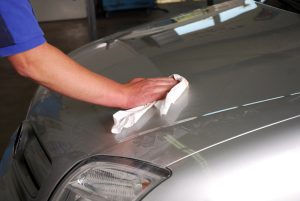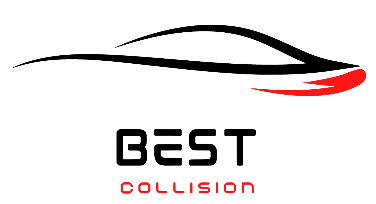
Few incidents in life can prove as traumatic or destructive as an auto accident. Fortunately, even if your car sustains massive body damage, you might find yourself escaping with few or no injuries thanks to the car’s built-in crumple zones. However, you must still understand and correct any body damage that reduces safety or drivability.
Once you understand a few key points about how and why vehicles crumple on impact, the critical role of crumple zones and other exterior protection, and the potential implications of driving a crumpled vehicle, you’ll know why you need to address this kind of damage. Check out the following questions and answers on the subject.
How Does Crumpling Protect Vehicle Occupants?
Today’s automotive designers create frames and body panels with accident impacts in mind. Modern vehicles include two crumple or crash zones, one at the front and the other at the rear. These body components sacrifice themselves by absorbing much of the impact force and redistributing it around the cabin area.
Skilled auto body technicians can straighten or fill minor damage from a collision. However, an impact strong enough to produce crumpling usually requires technicians to replace entire panels. Either way, the technicians will probably remove the panels so they can examine the frame for deeper damage.
Why Should You Also Check for Frame Damage?
Any impact forceful enough to crumple your vehicle’s front, rear, or side panels can also bend the underlying frame. Many modern cars include frames specifically designed to bend in a certain direction or crumple inward on impact, absorbing as much of the impact’s kinetic energy as possible to protect occupants.
Significant frame damage requires professional care before you can drive the vehicle safely. A compromised frame can’t provide the same protection it gave you in a previous crash, making you and your passengers more vulnerable to injury. Even mind frame damage can make the car hard to control or harm the transmission.
If your vehicle features a body-on-frame or ladder frame design, your auto shop might find ways to straighten sections of the frame. However, damage to a unibody frame, which integrates the frame into the rest of the vehicle’s body, may force your insurance company to classify the vehicle as totaled.
Why Should You Repair or Replace Damaged Panels?
Although a car’s side body panels don’t provide the same crucial impact protection as its front and rear crumple zones, damage to these panels can create more than just cosmetic issues. For instance, a bent door may refuse to open or close, or it may fly open with the vehicle in motion due to a damaged latch or hinge.
Even if a damaged side body panel doesn’t affect door function, you should still get it evaluated and fixed as soon as possible. Scratches and dings that penetrate the paint and primer expose the metal to oxidation, promoting rust. A bent body panel can also permit water to enter the cabin, damaging upholstery and electrical components.
What Problems Can Hood or Trunk Damage Cause?
Just as a car’s side panels absorb shock by crumpling in a controlled manner, so do its hood and trunk panels. Unfortunately, a bowed hood or trunk can severely limit your visibility, creating a safety hazard. If the damage extends to the latch, your hood or trunk may fly up unexpectedly during driving.
If a recent fender bender or similar auto accident has left your vehicle with crumpled body panels, a crushed bumper, mangled hood or misbehaving trunk, Best Collision Center can help. Our experienced technicians can evaluate the damage, recommend repairs or replacements, and restore your car to pristine condition. Contact us today.
